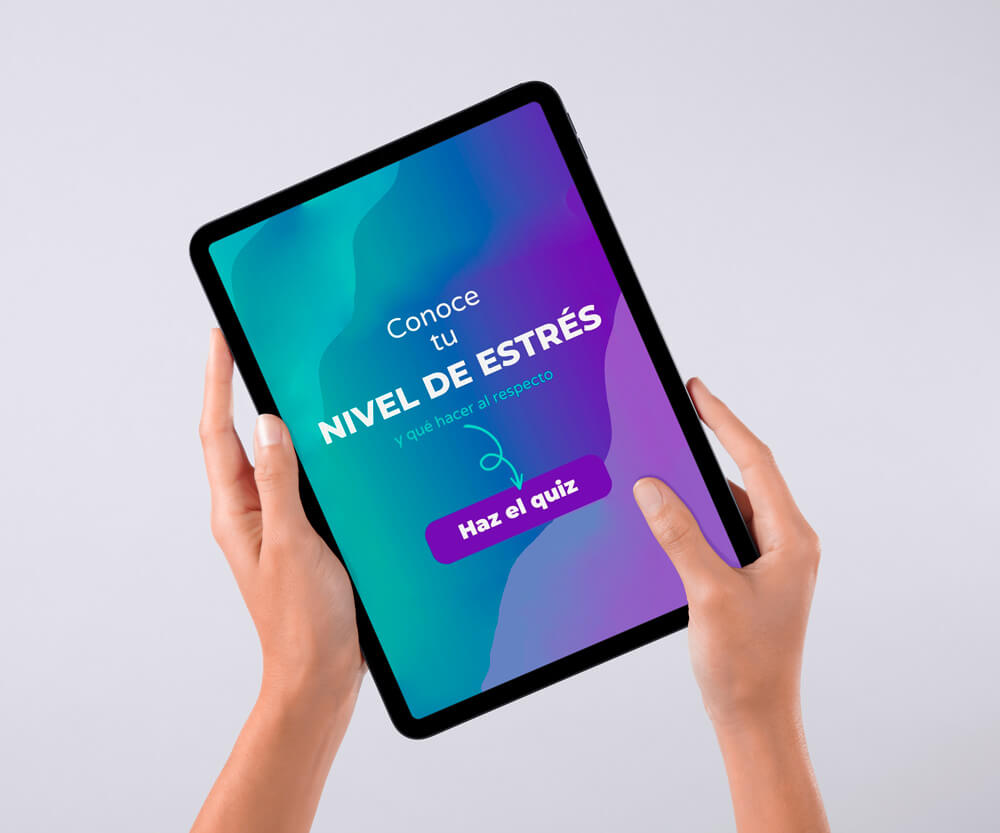Verbal communication differentiates human beings from other animals. One would say that this should help us communicate better than animals only relying on their body language and different sounds to make themselves understood. However, we often encounter situations of misunderstanding.
Why do misunderstandings happen?
When we communicate with other people, we express ourselves from our experience and perspective. This means we explain things how we understand them and with the vocabulary we have. We will call the person who communicates emitter in the following.
On the other hand, the person receiving our message will understand it from his or her own experience and situation. In addition, we often listen to reply, not simply to understand. We will call this person receiver further on.
Have you ever played the telephone game or Chinese whispers? Then you will have experienced how the initial sentence may not have anything to do with the phrase received by the last person. This game illustrates very well that what we intend to transmit to somebody and what that person understands may not be the same.
This may lead to conflicts or even annoyance which could be avoided. And even if we do not arrive at a conflict as that, in the world of work bad communication often causes waste of time and thus a productivity loss.
How to avoid misunderstandings
How to improve communication from the emitter’s perspective
If the emitter of the communication wants to ensure his or her message is understood, he/she should take into account several things.
Do you really understand what you are trying to explain?
Albert Einstein said: “If you can’t explain it simply, you don’t understand it well enough.”
Have you ever tried to explain something to somebody who did not understand you? But when you tried to explain it differently you did not know how? I admit that it has happened to me.
This is because we often think we know more about a topic than we actually do. And it is when we want to tell it somebody when we might actually realise.
That is why students are recommended as a learning technique to summarise a topic in their own words in order to check their level of comprehension. This technique can be useful to verify whether you are able to explain a topic clearly, simply and concisely.
Who is your target audience?
In line with the previous point of knowing how to explain something in our own words, we should also take into account whom we are addressing. A scientist for example will not explain a subject in the same way to fellow scientists as he would for instance at an informative conference to non-scientists. Supposing he wants to transmit his message.
Therefore, it is helpful to consider whether we address a person with a similar level of knowledge. Or to the contrary, we are trying to explain ourselves to somebody outside our circle.
Is your message complete?
At the beginning of the post I mentioned the waste of time misunderstandings can cause at work. This is often due to the fact that not all necessary information is given when explaining a project or giving somebody a job. In order to avoid it the key points to consider are:
- The project’s or task’s why or purpose
- Which is the objective
- What is the desired outcome
- When is the deadline
- Which human, material and financial resources and tools are available
- Who is in charge of doing the task or managing the project
Another example could be the invitation to an event. The receiver should get to know at least what the event is about, the start and finish time, the location and whether he/she ought to confirm attendance, how and until when. Depending on the type of event it might also be necessary to for example indicate the dress code or send a detailed programme.
All this might seem obvious or common sense but too often I encounter partial messages requiring clarification.
Ask for a summary
Finally, especially in the case of giving somebody a task or project, it can be a good idea to ask the receptor to summarise in his/her own words what he/she has understand. That way we ensure that we have transmitted well the topic and that the receptor has taken in the key points. This feedback will help us prevent to a certain extent that the receptor comes back with doubts as soon as he/she starts working on the issue.
How to improve communication from the receptor’s perspective
Now the emitter may try as he might adapting his message to the receptor, transmitting it clearly and completely. But communication is a two-way process. Therefore, the receptor also has to do its share in order to receive the message.
Listen to understand
You have possibly heard about the concept of active listening. It is about focussing our entire attention on what we are being told.
However, often and maybe without noticing, we tend to listen in order to reply. That is, whilst the emitter tells us something, we already play around with a possible reply or related story or what we consider complementary information to what we hear. So instead of paying full attention to what we hear, we are busy thinking about what we want to answer. And of course, we do not want to forget this important idea. Whoever is without sin, cast the first stone.
So, if we want to avoid missing out on part of what we are being told, we will have to concentrate better on the emitter. This means focussing on what he/she says and wants to transmit exactly. It will also be helpful to pay attention to how the emitter says the things and try and understand the thoughts and ideas behind, as well as watching the body language. If we listen with empathy and attention, we will more easily understand what the emitter wants to transmit.
Paraphrase and summarise
In order to check whether we have really understood an explanation, it can be helpful to paraphrase and sum it up in our own words. At work this will help us verify whether we have received all the necessary information to carry out a job or project. We can check whether we have really understood what we ought to do and the emitter expects from us.
Ask questions
If you have not understood something well or think you are missing information, do not feel shy or even silly for asking. It is better to take advantage of the moment to clarify doubts than having to return one or more times afterwards asking for explanations.
But asking is not only a useful tools at work but in any conversation. That is because it will show that you are really paying attention and are interested in what the other person tells you.
Recap
Many misunderstandings can be avoided if we improve the way we communicate. This will not only improve our interpersonal relationships but help us work more effectively.
As emitter of a message we can ensure that we explain simply, concisely, clearly and completely; taking into account our target audience; and asking the receptor to summarise what he/she has understood.
As receptor of the message we can concentrate better on the emitter by practicing active listening; paraphrasing and summarising what we have heard; and asking appropriate questions.
Sharing is caring!




